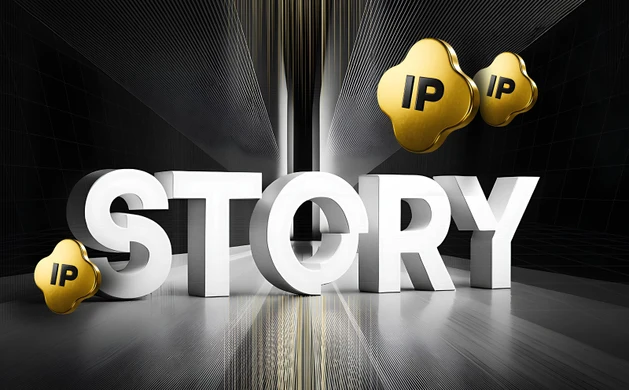How to Bridge to Flare Network

Summary: You can easily bridge assets like ETH, USDT, and more to the Flare Network using a cross-chain bridge like Stargate Finance.
Supporting 15 major chains and offering low fees, Stargate provides a reliable way to tap into Flare's decentralized, data-driven Layer 1 blockchain for applications in DeFi, NFTs, and beyond.
Stargate Finance is the safest and most popular EVM cross-chain bridge. It supports ETH, USDC, USDT, DAI and BUSD.
Supported Networks
Ethereum, Arbitrum, BNB Chain, Optimism, ZK Layer 2's and more.
Trading Fees
Cross-chain swap fees as low as 0.1% per trade.
Supported Assets
ETH, WETH, USDC, USDT, DAI, FRAX, SUSD & BUSD.
Can I Bridge to Flare Network?
Yes, you can easily move assets to the Flare Network using a cross-chain bridge compatible with the Ethereum Virtual Machine. Flare is a Layer 1 chain that focuses on decentralized data, making it a great fit for apps like DeFi and NFTs. You can transfer tokens like ETH, WETH and USDT from Ethereum or other networks directly to Flare using MetaMask or other Web3 wallets.
How to Bridge to Flare
To move assets to Flare, you’ll need a cross-chain protocol compatible with its EVM-based Layer 1 platform. Stargate Finance is an excellent option, supporting 15 popular chains, including Ethereum, Arbitrum, Base, Flare, and others. It provides a reliable, secure platform for bridging assets like USDT, backed by deep liquidity.
Here’s how to bridge assets to Flare using Stargate Finance:
- Connect Your Wallet: Visit the Stargate Finance website and connect your crypto wallet (e.g., MetaMask).
- Select Networks: Pick your source chain (like Ethereum or Arbitrum) and set Flare as the destination.
- Select Assets: Choose the asset and amount to bridge, then review fees and transaction details.
- Confirm and Transfer: Confirm the transaction and follow the prompts in your wallet to complete the process.

What are the Fees?
Bridging assets to Flare comes with varying costs depending on the source chain. If you're moving funds from Ethereum’s mainnet, gas fees can hit around $20, depending on the network load. Transfers from Layer 2 networks are usually cheaper, between $5 and $10.
Stargate Finance keeps transfer fees low, around $0.0001 per transaction. Just watch out for slippage if you're moving over $100,000, as it could slightly reduce the final amount you receive.
About Flare Network
Flare is a Layer 1 blockchain designed to provide decentralized, trustless access to data. Built on the EVM, Flare enhances blockchain utility by enabling developers to access large datasets and proofs efficiently. Its two native oracles, the Flare Time Series Oracle (FTSO) and State Connector, allow for real-time data feeds and verified cross-chain information.
By offering developers low-cost, reliable data, Flare supports use cases in DeFi, NFTs, gaming, AI, and more, allowing for the creation of advanced decentralized applications across industries.

Bottom Line
In summary, moving assets to Flare is easy, especially with Stargate Finance, which supports multiple networks and keeps fees low. Flare’s focus on decentralized data makes it a solid choice for DeFi, NFTs, and more. Whether you're transferring from Ethereum or another chain, the process is smooth, thanks to Flare's EVM compatibility.
.webp)
Written by
Jed Barker
Editor-in-Chief
Jed, a digital asset analyst since 2015, founded Datawallet to simplify crypto and decentralized finance. His background includes research roles in leading publications and a venture firm, reflecting his commitment to making complex financial concepts accessible.

.webp)
%25201%2520(1).webp)

%2520(1).webp)
.webp)
%2520(1).webp)




